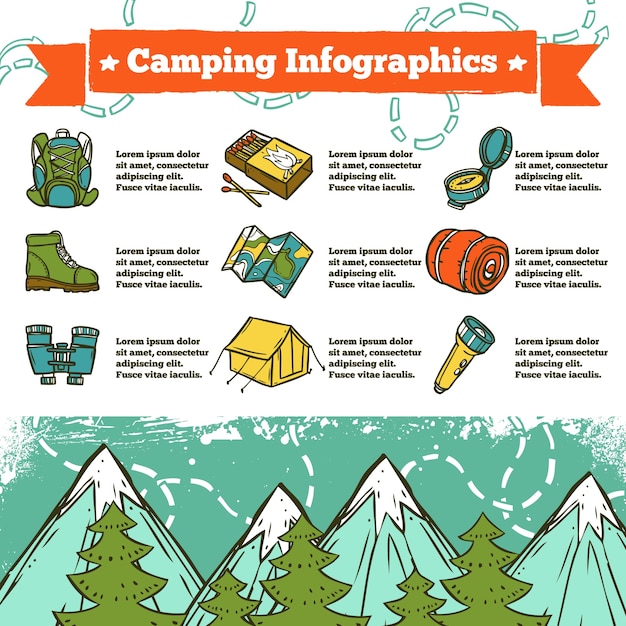Establishing your outdoor tents can be a daunting task for even skilled campers. This guide will cover the basics of pitching an outdoor tents effectively and securely so you can appreciate your outdoor camping journey without stress and anxiety or worry.
Do canvas tents hold heat?
Begin by setting out your camping tent's impact and ground sheet to safeguard your camping tent floor from rocks, sticks, dirt, and other debris. Next, put together the tent poles and fasten them to the corners of the tent body using the appropriate sleeve or hook.
Picking the Right Site
When you are worn down after a lengthy day walking, you intend to pitch your camping tent and prepare to sleep. However you should initially stroll around the site to ensure it is safe for outdoor camping. Overlook and as much as learn whether any type of trees have big dead branches that could fall on your outdoor tents. These are often called widowmakers and you do not want them to drop on you while you're resting.
Additionally make certain to stay clear of low spots that can flooding throughout a storm and to camp away from pet routes, nests and habitats where ticks and chiggers are most likely to thrive. Try to find a level, rock-free area that is big enough for your outdoor tents and any other equipment you'll be bringing.
Some people like to establish their camping tents up so the head end is pointed toward the eastern to capture the sun's warming rays first thing in the morning. This isn't constantly needed, however it is a good touch that can help wake you up.
Pitching Tips
It might seem apparent, yet correct camping tent pitching is just one of one of the most essential factors in a good night's rest. Having a practice run in your home will aid you acquaint yourself with your tent, locate all the pole sleeves and fasteners, and see to it whatever is in area. It's likewise a great time to exercise utilizing guylines for stability and to uncover any type of broken items.
When you reach your camping website, analyze the terrain to see if it appropriates for your tent. An tent homes excellent guideline is to pitch the tent on a level, level spot with a minor downhill angle. This will permit rainfall to drain away from the outdoor tents instead of pooling before it.
If you can't locate a level location, think about placing a tarpaulin or other groundsheet under your tent impact to safeguard it from dampness. This can likewise help maintain dirt out of the outdoor tents.
Using Guylines Successfully
Using individual lines effectively is essential to making certain your tent or hammock remains secure in high winds and other negative weather. A guy line is a rope or cable that attaches to the ground via loops and D-rings in the framework, tarp, or rainfly.
Begin by securing one end of the line to a guyout loop on your tent or rain fly, or to the post it's attached to. After that loop the other end of the line over a risk placed faraway from the structure and tighten it.
Maintaining your sanctuary's guy lines tight will certainly prevent sagging or sagging during windy problems, avoiding dampness from seeping into the camping tent or damage to the structure and boosting comfort and safety and security during outdoor camping. Always inspect the stress of your guy lines throughout and after adverse weather to guarantee they stay secure. Furthermore, take into consideration packing a person line tensioner to conveniently adjust and preserve the correct amount of stress in your lines.
Removing the Tent
When clearing up right into your campsite, discover an area with a flat area and clear it of rocks and particles. Additionally, be sure to put down an outdoor tents footprint or tarp a little smaller than your camping tent body to stop water pooling. This assists maintain your outdoor tents dry from rainfall or condensation and can be specifically helpful in windy areas.
Analyze your gear, including the camping tent things sacks to ensure absolutely nothing is missing out on. Check that the poles match their clips and replenish first-aid items if needed.
When it's time to pitch your camping tent, start by orienting the doors downwind, and stake down each corner of the camping tent. If the ground hangs or sandy, take into consideration spreading a tarp under your tent to secure it from wind and lower the possibility of your camping tent toppling. Additionally, be sure to utilize guylines successfully to restrain your rainfly and maintain it tight. A well-pitched outdoor tents can prevent leaking, condensation, and sun damage.
Can you live on a campsite?
